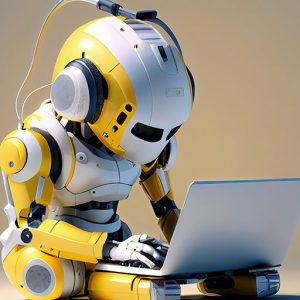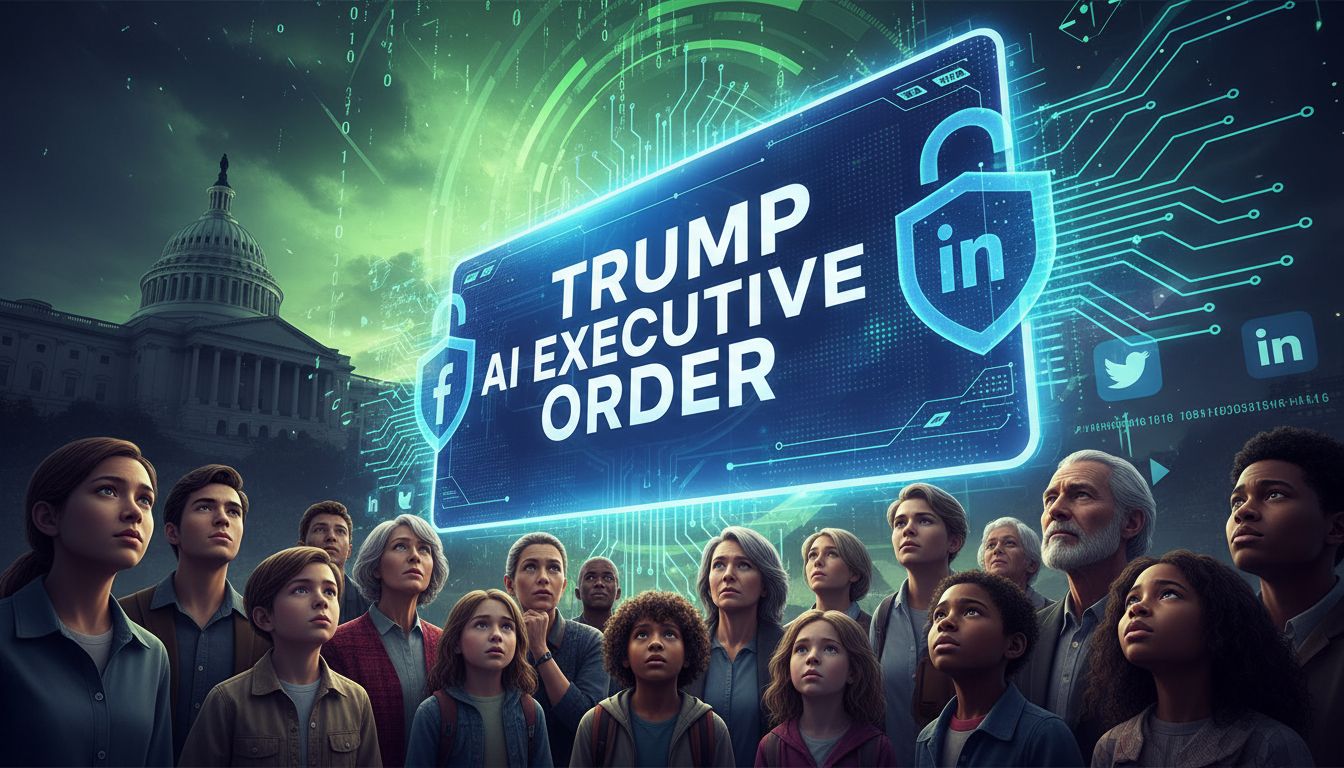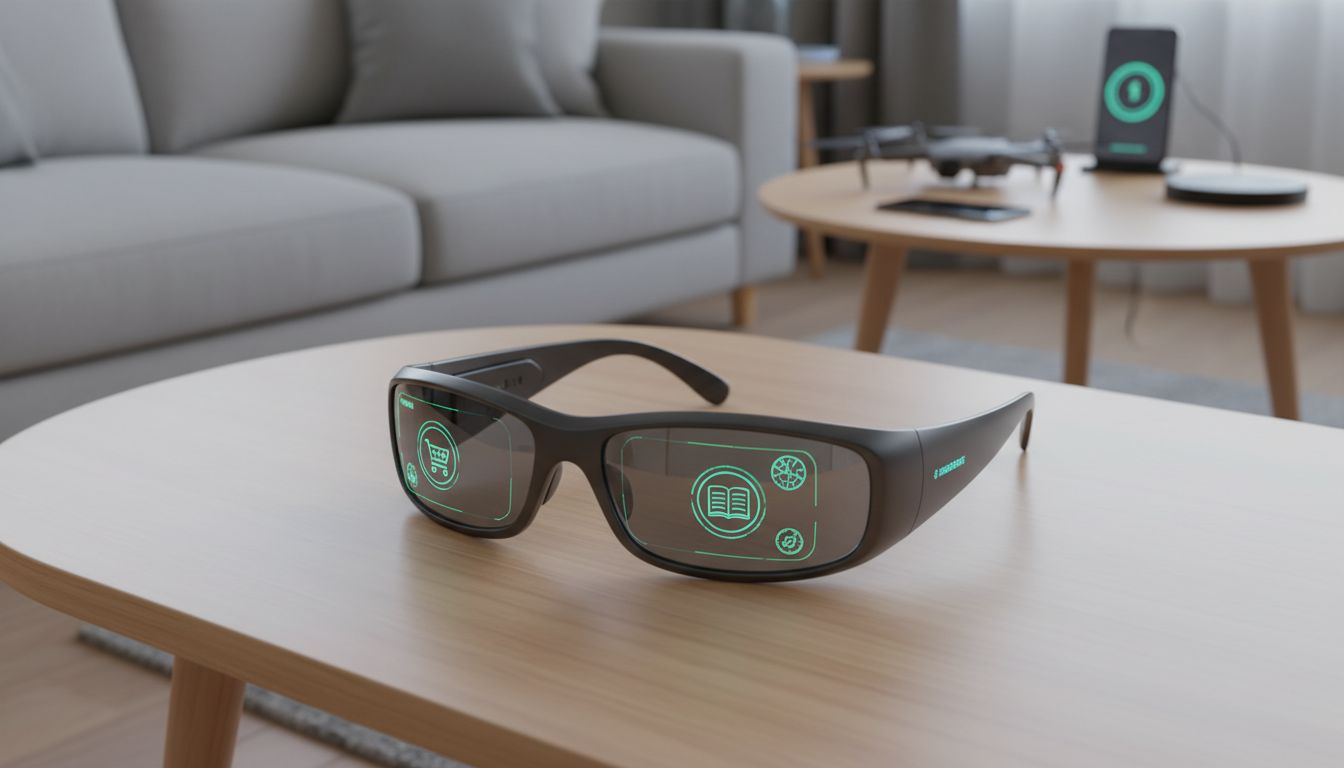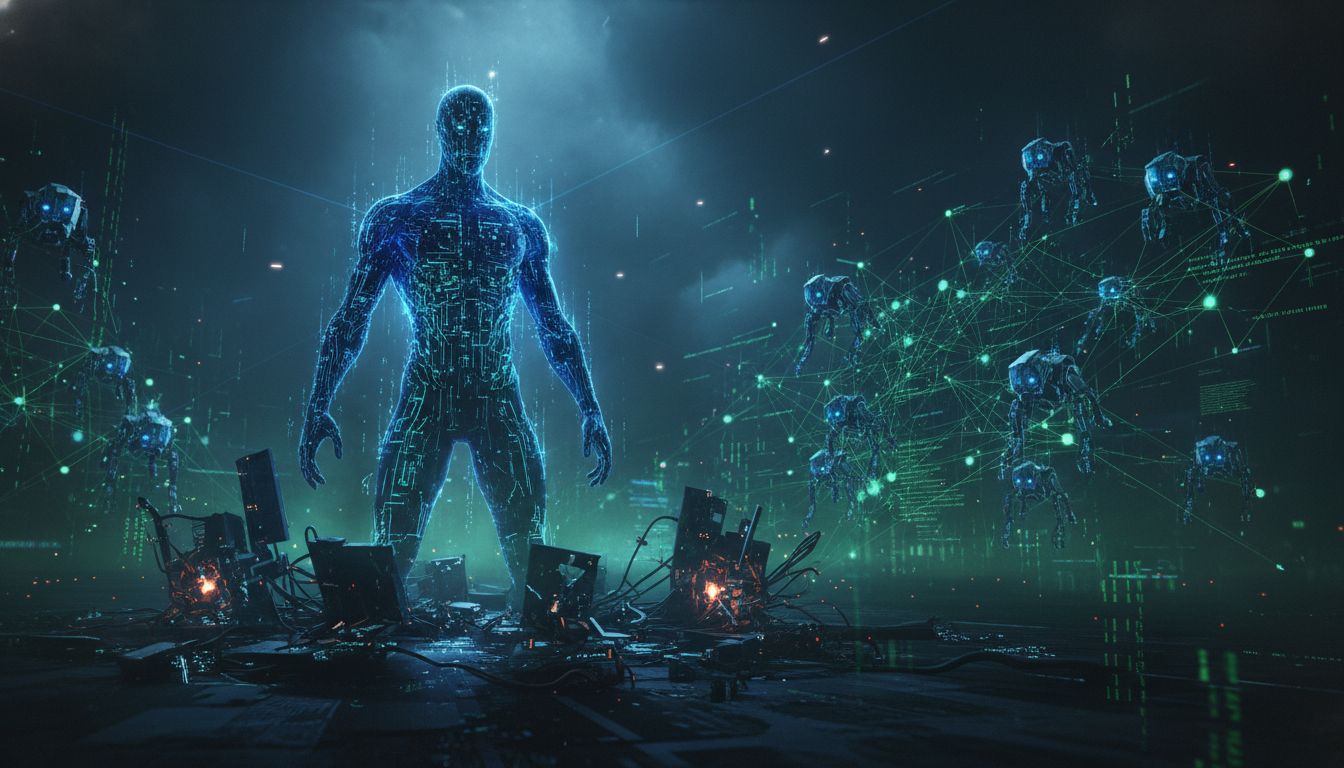Generative AI exploded into public view with ChatGPT. The physical embodiment of artificial intelligence in robots is also on the verge of widespread adoption. This shift toward physical AI will bring huge changes to manufacturing, logistics, and other sectors.
One of the biggest breakthroughs is the emergence of humanoid robots designed to work in human environments. These robots are expected to see massive growth in the coming years. A Goldman Sachs report estimated the global market for humanoid robots will hit $38 billion by 2035.
Table Of Contents:
- The Three Computer Solution
- Developing the Metaverse for Robots
- Real-World Applications of AI Robotics Development
- Conclusion
The Three Computer Solution
Three computer systems will be essential for robot training and simulation: a supercomputer, a simulation platform, and a runtime computer.
1. Supercomputer
The first step is training AI models on a supercomputer. Developers use platforms like NVIDIA NeMo to create and refine powerful foundation models. These models are then ready to be integrated with robot platforms.
2. Simulation
A platform such as NVIDIA Omniverse provides a space for developers to test and optimize physical AI. Developers test robots in virtual environments before real-world deployment with the help of APIs and frameworks like Isaac Sim. This virtual testing minimizes risks and improves the robustness of AI algorithms.
3. Runtime
Trained models are deployed to a runtime computer in the final stage. This typically involves edge computing solutions like NVIDIA Jetson to give robots onboard intelligence. Edge computing allows robots to process information and make decisions locally, reducing latency and improving efficiency.
Developing the Metaverse for Robots
AI robotics development isn’t limited to the physical world. Digital twins play an increasingly vital role. They simulate real-world environments, creating virtual testbeds for robots.
Developers can use digital twins to ensure seamless integration and optimize robot performance in a virtual world. An example is NVIDIA’s “Mega,” a system for building factory digital twins.
Companies use Mega to manage robot teams, monitor operations, and enhance safety measures within virtual representations of their physical factories. Imagine a digital replica of a busy manufacturing plant buzzing with virtual robots collaborating with their human counterparts, constantly monitored and analyzed for optimal performance. That’s the potential of “Mega”. This system underscores the convergence of the physical and virtual worlds in AI robotics.
Real-World Applications of AI Robotics Development
This blend of AI and robotics is not just theoretical. For instance, companies like Universal Robots are building products like the UR AI Accelerator. This product is designed to make it easier to develop and deploy AI-powered robots, showing a growing trend in collaborations between robotics manufacturers and technology providers.
Boston Dynamics leverages platforms like Isaac Sim to build quadruped and humanoid robots that can improve productivity and safety in industries like warehousing. These examples demonstrate that companies of all sizes are rapidly deploying this technology to solve real-world problems.
Conclusion
The rapid advancement of AI robotics signifies a major shift in how we live and work. With humanoid robots becoming increasingly sophisticated, this new wave of automation will likely revolutionize industries, creating countless economic opportunities.
As technology evolves, it’s essential to stay informed and adapt to leverage these transformations. Understanding the key trends and applications of AI robotics will be crucial for individuals and businesses to thrive in this changing landscape.
Check out our other articles for the Newest AI content.







